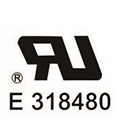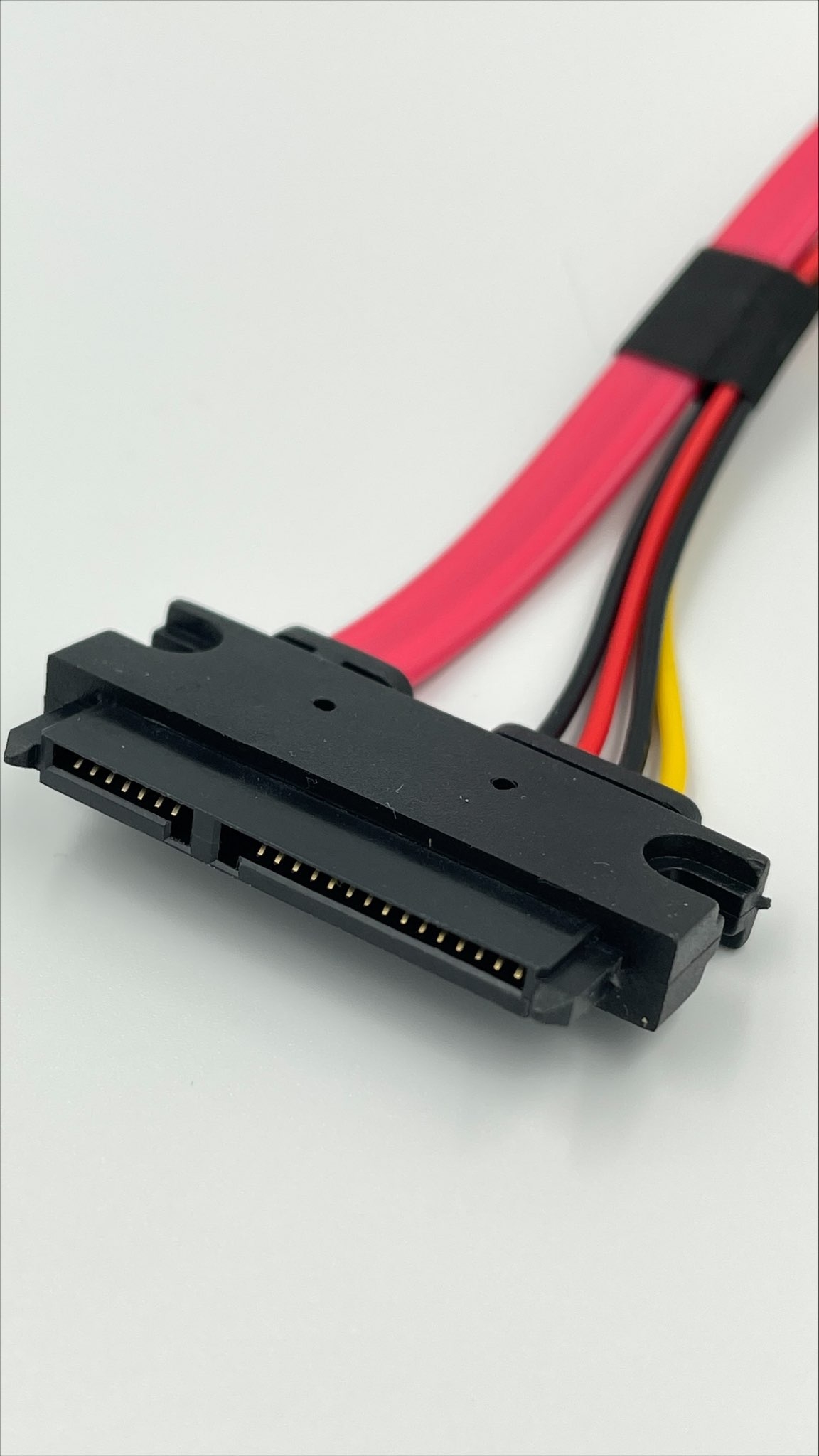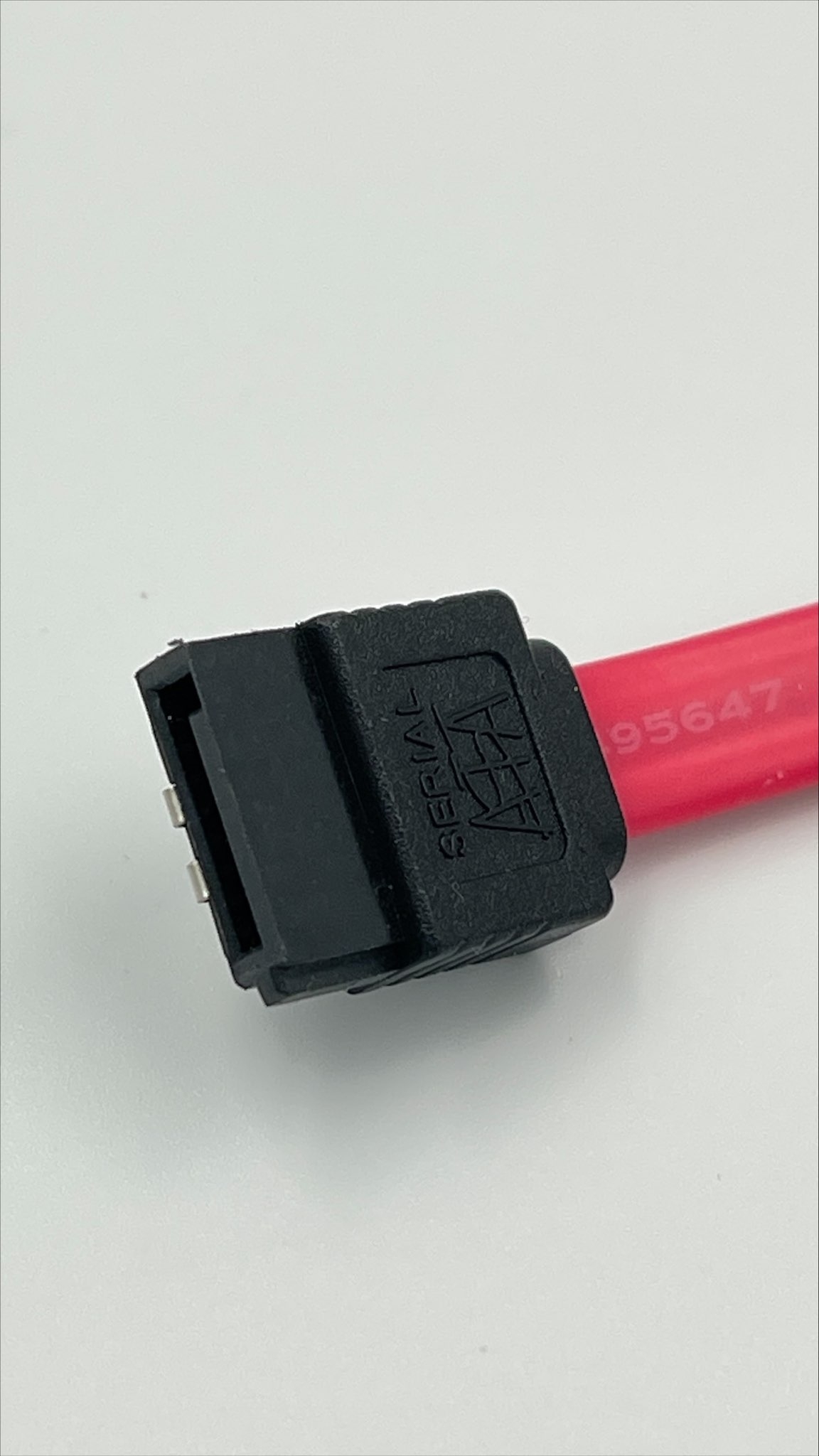The SATA (Serial ATA) cable is a type of data transmission cable used to connect storage devices, typically employed to link hard disk drives, solid-state drives, and optical disk drives. In comparison to traditional IDE (Integrated Drive Electronics) cables, SATA cables offer higher data transfer speeds and a simpler connection method.
The SATA cable comprises two main components: the data cable and the power cable. The data cable is responsible for transmitting data signals, while the power cable supplies the necessary power to the device. This dual-cable structure effectively reduces cable clutter, making the entire system more organized.
Connecting a SATA cable is a straightforward process, requiring the insertion of the connector into the corresponding SATA interface. This plug-and-play feature facilitates the replacement of hard drives or other storage devices. Additionally, SATA cables support hot-swapping, meaning you can replace devices without shutting down the power, enhancing system flexibility and scalability.
One of the main advantages of SATA cables is their high transfer speed. With technological advancements, SATA interfaces continue to upgrade, offering different versions with varying transfer speeds, including SATA I (1.5 Gb/s), SATA II (3 Gb/s), and SATA III (6 Gb/s). This allows users to choose hard drives with different speeds based on their application requirements.
In summary, as an integral part of modern computer systems, the SATA cable provides users with an efficient, flexible, and reliable solution for data transmission and storage needs.









.jpg)

.jpg)




